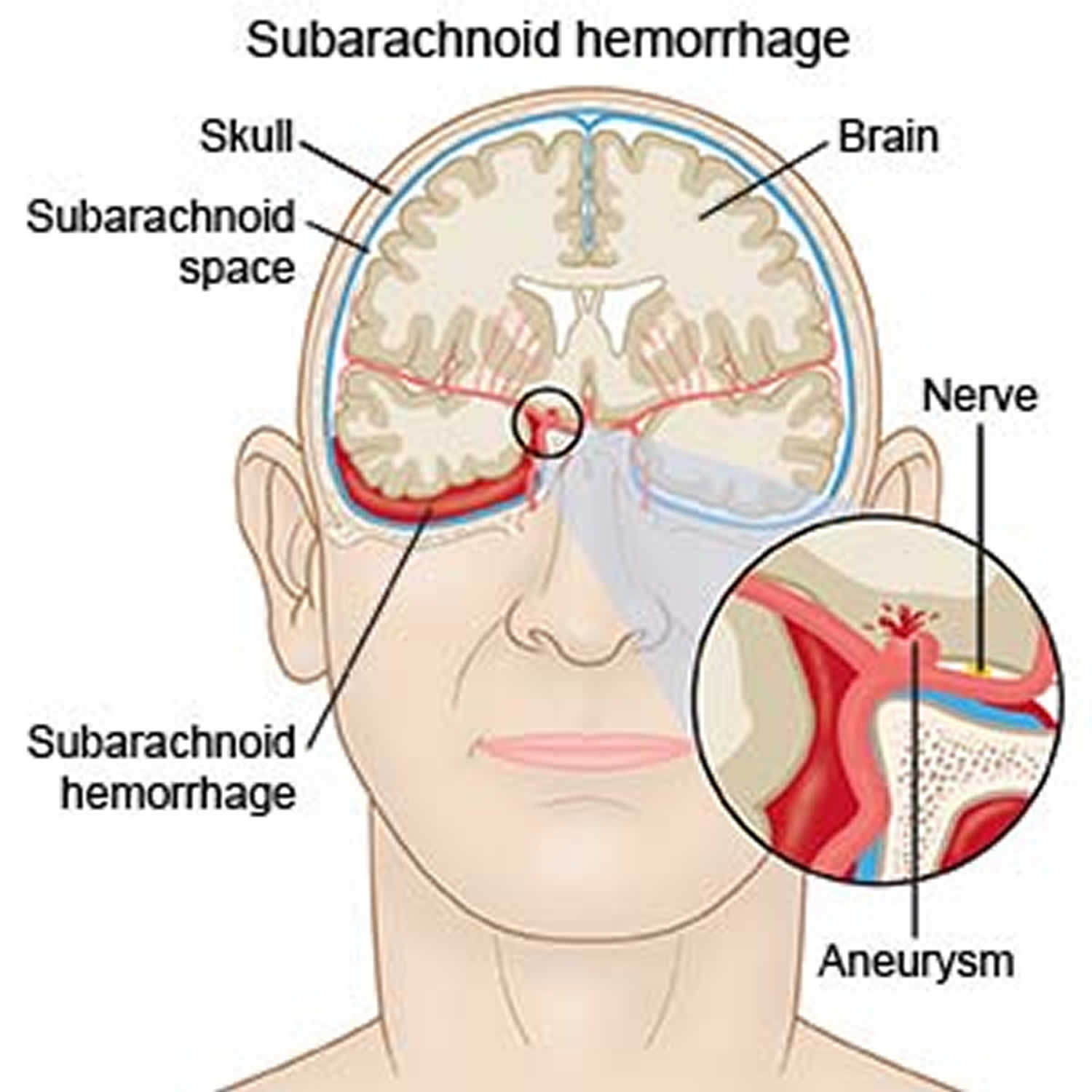Hunt and Hess scale
Hunt and Hess scale is a clinical grading system to predict prognosis and outcome in patients with subarachnoid hemorrhage (SAH) 1. A higher Hunt and Hess grade predicts a poor outcome and lower likelihood of survival 2.
The Hunt and Hess scale is widely used for categorizing severity of subarachnoid hemorrhage; however, it has been criticized for its inter-observer variability and minimal clinical difference between grade 1 and 2 3.
| Grade | Characteristics | Mortality Rate (%) |
| 0 | Unruptured aneurysm without symptoms | 0 |
| 1 | Asymptomatic or minimal headache and slight nuchal rigidity | 1 |
| 1a | No acute meningeal or brain reaction but with fixed neurologic deficit | 1 |
| 2 | Moderate to severe headache, nuchal rigidity, no neurologic deficit other than cranial nerve palsy | 5 |
| 3 | Drowsy, confused, or mild focal deficit | 19 |
| 4 | Stupor, moderate to severe hemiparesis, possible early decerebrate rigidity, and vegetative disturbances | 42 |
| 5 | Deep coma, decerebrate rigidity, moribund | 77 |
- Zhang F, Li P, Zhang C, Wang L, Jing SQ. The Prognosis Factors for Endovascular Coiling of Aneurysm in Patients With Ruptured Intracranial Aneurysm. J Craniofac Surg. 2017 Sep. 28 (6):e535-e539.
- Hunt WE, Hess RM. Surgical risk as related to time of intervention in the repair of intracranial aneurysms. J Neurosurg. 1968 Jan. 28(1):14-20.
- Jiménez-Roldán L, Alén JF, Gómez PA, Lobato RD, Ramos A, Munarriz PM. Volumetric analysis of subarachnoid hemorrhage: assessment of the reliability of two computerized methods and their comparison with other radiographic scales. J Neurosurg. 2013 Jan. 118(1):84-93
- Hunt WE, Hess RM. Surgical risk as related to time of intervention in the repair of intracranial aneurysms. J Neurosurg 1968; 28:14–20





